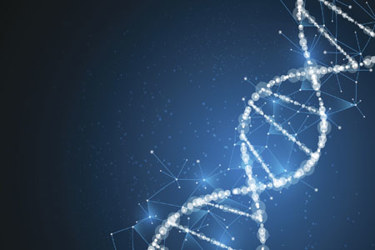Development Of A Continuous Electroporation System For Viral Gene Therapy
By Takashi Yakushiji, Process Engineering & Technology Center, and Yoichi Nagai, Bioscience & Engineering Laboratories

The article discusses the development of a continuous electroporation system for viral gene therapy, specifically focusing on adeno-associated virus (AAV) gene therapy, developed by researchers from FUJIFILM Corporation in Japan.
There is increasing confidence in the effectiveness of AAV gene therapy for rare genetic diseases, as evidenced by the approval of six AAV gene therapy products in the past three years. However, there are challenges in commercializing these therapies, such as high dosage costs and the need for a steady supply of viral vectors. CDMOs can help address these challenges. The dosage requirements for viral gene therapies can vary depending on the indication and patient population. The current manufacturing method for AAV gene therapy involves triple transfection, but it has limitations in terms of cost, productivity, and scalability. Therefore, there is a need for optimized and scalable production systems to increase productivity and lower costs.
To address the challenges, FUJIFILM Bio Science & Engineering Laboratories (BSEL) has developed a novel continuous electroporation system that combines high-density cell culture with high-throughput continuous transfection. The development work involved optimizing high-density cell culture and developing a scalable continuous electroporation instrument. The team achieved a target cell density of 40 million cells/mL and high cell viability over a 1-month culture period using a 1L-scale perfusion process. They also developed a continuous electroporation instrument that overcomes the limitations of commercially available systems in terms of durability and throughput.
A proof-of-concept study was conducted to test the continuous electroporation rAAV production system, integrating the perfusion and continuous electroporation technologies. The study used a continuous perfusion method for rAAV5 production, maintaining cells in culture with a concentration of 40 million cells/mL in a 1L bioreactor. Plasmid DNA was introduced into the cells once per week using continuous electroporation. The titer of rAAV5 was quantified and maintained at an average of 1E15 vg/L throughout the 1-month experiment. The durability of the single-use electrode was confirmed, and the continuous perfusion method achieved 10X greater cell suspension volumes and a 10-fold increase in titer compared to conventional batch approaches.
Fujifilm is working on developing continuous electroporation-generated rAAVs that are as potent as those produced from chemical-based production platforms. They are partnering with clinical-stage biotechnology companies to demonstrate comparability profiles using standard analytical testing methods and establishing manufacturing scale GMP production. They are also developing stable producer cell lines to improve vector productivity, streamline manufacturing processes, and reduce costs.
Get unlimited access to:
Enter your credentials below to log in. Not yet a member of Bioprocess Online? Subscribe today.
